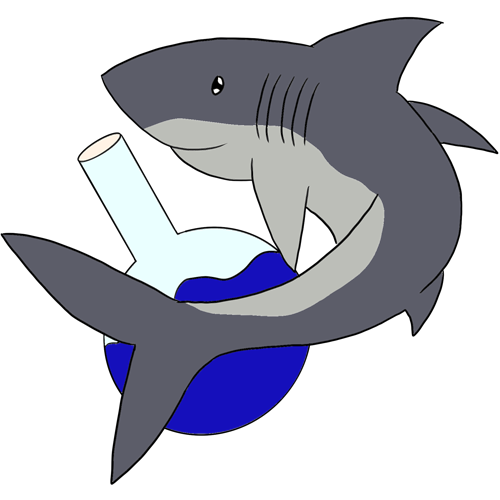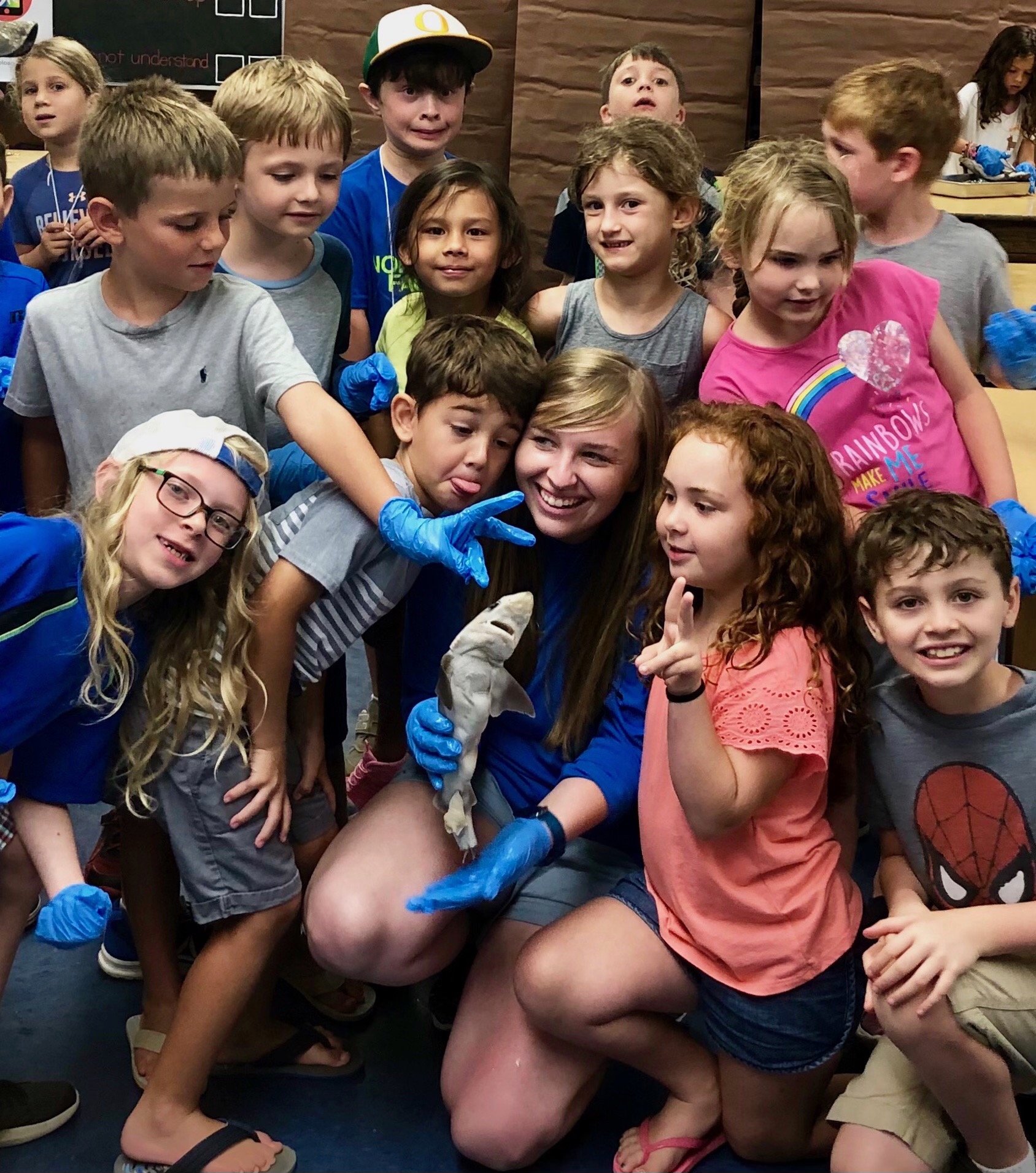I love starting an animal unit off with a dissection. Why, may you ask? What better way to understand how an organism works than by first looking at and inquiring about its internal and external anatomy!
I first developed this idea while working at a Marine Science Summer Camp from the University of West Florida. Before this, every camp or class I had done involved dissecting oI first developed this idea while working at a Marine Science Summer Camp from the University of West Florida. Before this, every camp or class I had done involved dissecting on the last day or not at all. I loved dissecting. I always felt like all the pieces finally came together, it’s like receiving the picture of what the puzzle was supposed to look like after you spent hours on it already. So, in this camp the kids dissected every day. This was AMAZING to me! I was the lab director for the camp, so I taught all the dissections and let students basically run it how they wanted so long as they didn’t just rip it to shreds in the first few minutes. Letting these kids have a more self-guided look at dissections gave them more interesting and intelligent questions about how these parts worked and what functions they had. I loved seeing the little experiments they did just by poking around in an animal. I adopted this idea and wanted to make sure in my own created lessons my students had time to inquire first, then learn. Let their misconceptions arise without much prompting then correct them through hands-on working with a dissection.
Here are some questions or thoughts my camp students had and how doing a dissection helped them discover the answer:
- “How do fish keep from sinking?”
- When looking at a perch after dissecting it, the student was able to see the swim bladder, an air-filled sac inside the fish that looks similar to a lite balloon. The student then made the assumption that this organ was used in fish to keep it from sinking.
- “Do sharks lay eggs like fish?”
- After cutting open some of the female sharks, we found some of them were pregnant and carrying babies. Once we discussed that some sharks give live birth like humans, we talked about the other sharks that do lay eggs and what those eggs looked like.
- “Do jellyfish eat?”
- Once we looked at the parts of the jellyfish, we drew on the board how a jellyfish works, discussing how a jellyfish eats food by capturing prey and bringing it to its mouth at the center of its body.
- “Sharks are just big fish.”
- After dissecting a perch on a previous day, the students assumed that the shark would look the same on the inside, this was an easy misconception to correct because when we cut open the shark, there was an immediate look about it where you could tell it was a shark. We then talked about the liver vs the swim bladder and the shape of its stomach and made comparisons to the perch from the day before.
After answering some of their more pressing questions by looking at how the animal’s body is built and discussing its functions, the students were able to discover more and their understanding of the material was deepened by having the pieces of the puzzle first, instead of looking at the pieces trying to make the whole.
But why the open inquiry? Because everyone always will have questions, whether they present them to the instructor or not. I was the kid who never had questions out loud but always wanted to figure out things on my own. When you give students the chance to open inquire, with guidelines naturally, they can use their critical thinking skills to solve their questions on their own and allow for the natural flow of more questions to arise. This inspires creativity in the students and allows them to be curious, which is a crucial part of being a scientist! When given the opportunity, let your students and kids question on their own, let them figure things out for themselves and get their hands messy! Being a scientist isn’t all white lab coats and test tubes after all, it’s being able to think curiously and question the world around them.

